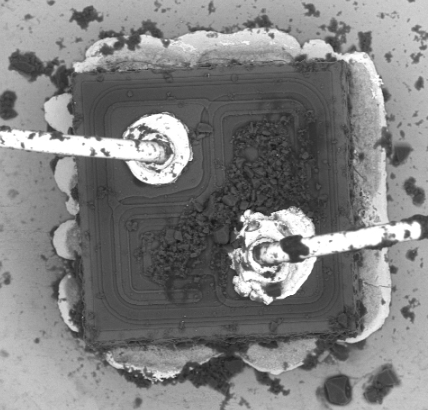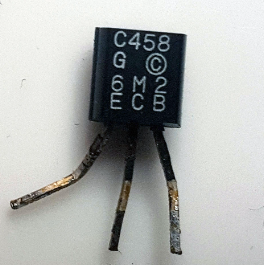OUTLINE:
5 Transistor Failure Modes and Their Troubleshooting Techniques
 263
263Transistors, these tiny but mighty components play a crucial role in every electronic device and circuit, serving as switches and amplifiers to control the flow of electric current. But what happens when they fail? Like any electronic component, transistors can be vulnerable to failure due to a variety of reasons. From environmental factors to manufacturing defects, transistor failure can have serious consequences for electronic devices.
Common Transistor Failure Modes
Overheating: Transistors can overheat due to excessive current or voltage, which can cause thermal runaway and eventually lead to failure. Heat can also cause the metal connections to expand and contract, leading to mechanical failure.
Electrical Overstress (EOS): EOS occurs when the transistor is exposed to a voltage or current that exceeds its maximum rating. This can cause internal damage to the device, including breakdown of the junctions, oxide layers, or gate dielectric.
Electromigration: This occurs when the metal atoms in the transistor's interconnects migrate due to the high current density, leading to a break in the circuit. Electromigration is more common in small-scale transistors with high current densities.
ESD/EOS: Electrostatic discharge (ESD) and electrical overstress (EOS) can occur during handling, shipping, or testing of the transistor. ESD can cause a voltage spike that can damage the transistor's junctions or oxide layers, while EOS can cause permanent damage to the device.
Aging and Wear: Transistors can age over time due to factors such as temperature, humidity, and radiation exposure. This can cause changes in the transistor's characteristics, leading to degraded performance or failure.


Troubleshooting Techniques for Transistor Failure
If a transistor fails, it is essential to identify the cause of the failure to prevent future failures. Here are some troubleshooting techniques to identify and fix transistor problems:
Visual Inspection: A visual inspection of the transistor can reveal any physical damage, such as cracks or discoloration, which can indicate overheating or EOS. A magnifying glass or microscope can be used to inspect the transistor in detail.
Electrical Testing: Electrical testing can help identify the cause of failure, such as a short circuit or open circuit. Testing can be done using a multimeter or an oscilloscope to measure the voltage, current, and waveform of the transistor.
Transistor Characterization: Characterizing the transistor's electrical characteristics can help identify any changes in its parameters, such as gain, resistance, or capacitance. This can be done using a transistor tester or curve tracer.
Thermal Imaging: Thermal imaging can help identify any hotspots or temperature gradients on the transistor, indicating overheating or thermal runaway. This can be done using an infrared camera or a thermal imaging tool.
Failure Analysis: If the cause of failure is not clear, failure analysis can be done to identify the root cause of the problem. This can involve disassembling the transistor and examining the internal components using microscopy or other techniques.

Disclaimer: The views and opinions expressed by individual authors or forum participants on this website do not represent the views and opinions of Chipsmall, nor do they represent Chipsmall's official policy.

share this blog to:

